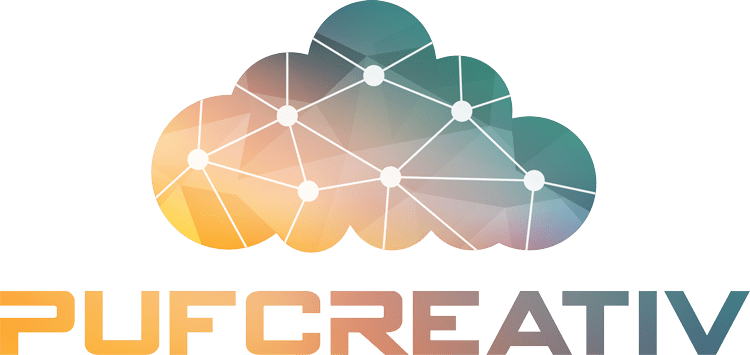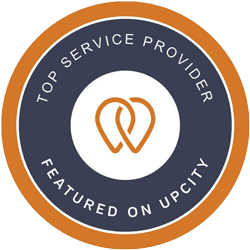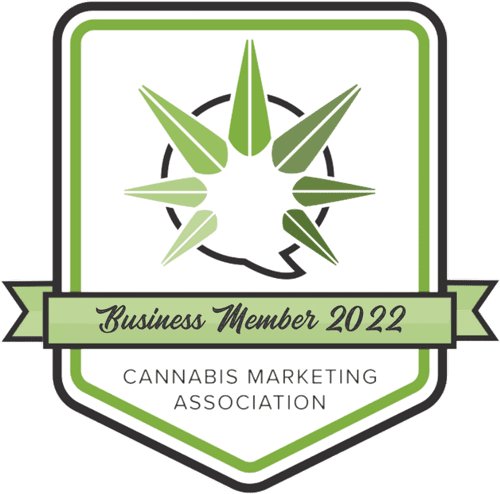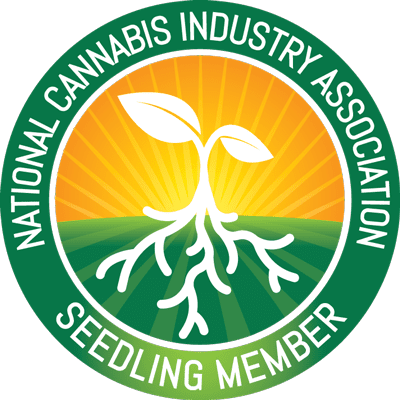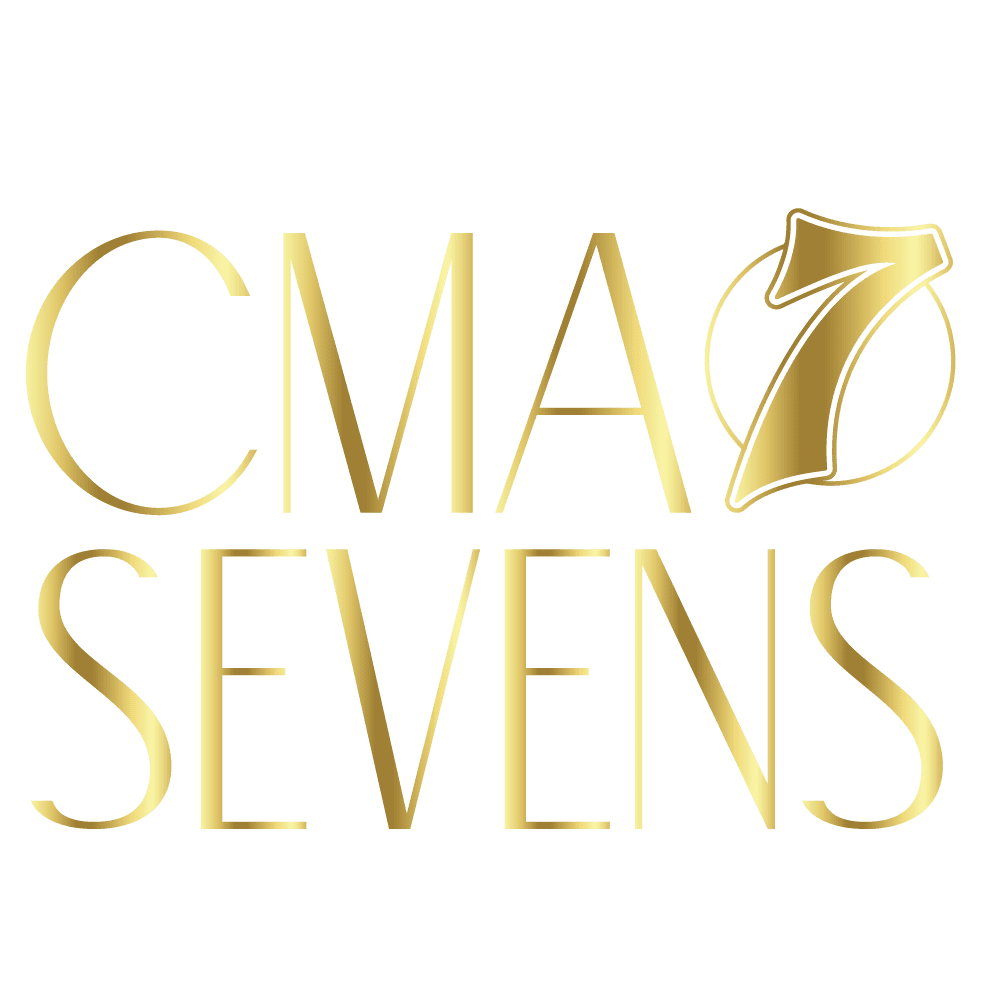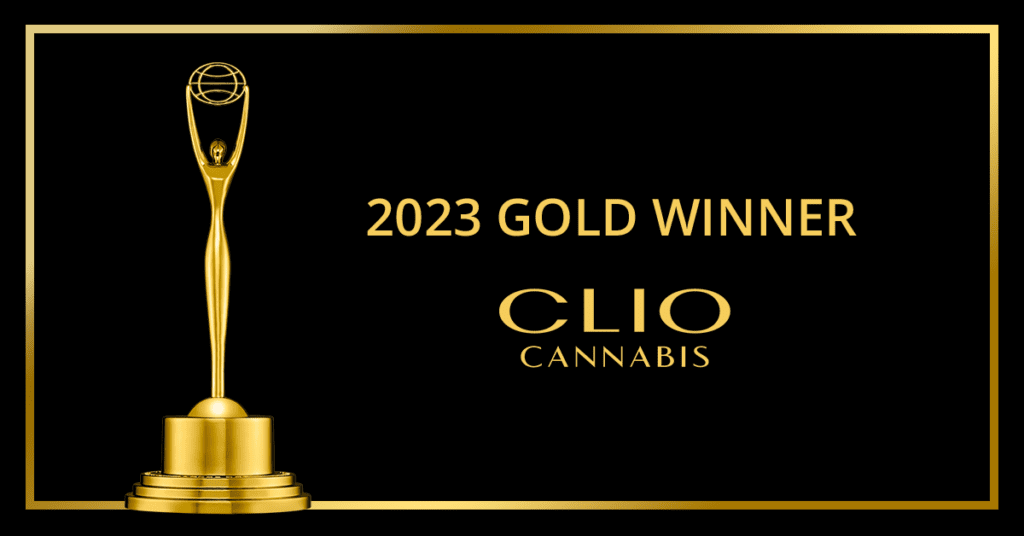S. E. O. – three of the most terrifying letters anyone that works in the marketing industry will ever see. (And that’s coming from someone who’s been working with search engine optimization professionally for almost 10 years!)
But, why is that? Why are these three simple letters so daunting? Is it because of Google’s increasingly secretive algorithms and constantly evolving best practices? Is it because your success depends heavily on your competitors’ marketing efforts? Or is it because there is essentially an infinite (and ever-increasing) amount of factors contributing to how well your website ranks?
Personally, I believe it’s a combination of all three — and I feel as though it’s time we pull back the curtain and get to the ‘nitty-gritty’ of what we do here at PufCreativ — when it comes to our SEO program. There are many unknowns and outside forces affecting your ranking numbers. The least we can do is be open and transparent regarding exactly what we do in order to optimize your site, putting you on the right track to an increased number of organic website visits.
With that being said, it’s time to shed some light on a topic that we feel needs more clarity. Let’s dive right into some of the more common questions we receive when onboarding a new SEO client, along with some straightforward answers to cool those nerves.
What makes the PufCreativ SEO program better than the rest?
Firstly, since PufCreativ is a full-service marketing firm, we use our variety of departments to provide all-encompassing SEO services:
- Our SEO team starts with extensive keyword and competitor research.
- Our copywriting team assists in writing optimized blogs, as well as implementing your targeted keywords into your metadata and on-page copy.
- Our design team ensures that your mobile experience and UX is as streamlined as possible.
- Our development team works to alleviate any crawler errors and makes sure that the technical aspects of your SEO are in place.
- Our social media team then works to strategically share your website (and its internal links) across a variety of platforms, to get your optimized site in front of as many eyes as possible.
It is the above-mentioned well-rounded approach to SEO that gets the best results.
What are some KPIs we look for in the first few months?
Good things come to those who wait; the fact of the matter is that organic SEO is a long game. Our clients’ monthly reports are typically quite sparse for the first 2-3 months, but the longer our clients are enrolled in our SEO program, the more data we have to work with (and the more insight we have into areas that need optimization.)
We have seen clients organic rankings skyrocket in the first 6 weeks within markets in which they have no competition — whereas we have some other clients that have taken up to a year to see substantial growth in their rankings — which is entirely due to their competitive market.
Because of this, we tailor each client’s SEO program specifically to their needs, subsequently marketing/optimizing their websites accordingly.
How do we set a client’s expectations while also enticing them to buy our SEO service?
I think the most important part is letting prospective clients know that we’ve seen the most success with the clients that have been enrolled in our SEO program the longest. Above I mentioned that SEO takes time, which is tough for some clients to hear, but that is why we enroll clients in six-month rolling SEO contracts.
We spend six months optimizing their site and analyzing their ranking data, at the end of this phase we put together a new six-month game plan based on the progress we’ve made. If their site is at a solid point regarding on-page optimization, we are more than happy pivoting their SEO budget to something more practical such as PR hits/backlinks, digital ads, Google AdWords and more.
We want to make the most of our clients’ budgets, and are confident that a polished SEO presence is an essential pillar of any marketing strategy.
Does Pufcreativ help optimize a client’s pre-built website to help SEO?
Of course! While we do develop a great deal of websites from scratch, and implement many SEO best practices before the time of initial launch, the majority of our clients have websites that already exist and need to be overhauled/optimized.
The onboarding process is relatively similar in both of these situations, although most of the time our SEO game plan includes more design and layout-specific updates for the preexisting sites.
This will help with both Google’s crawlers and the user experience.
Why are we so successful with our SEO program?
I would say that the all-encompassing approach we take is what makes the difference with our SEO program. A website can be as optimized as possible, but if Google isn’t seeing regular, organic traffic to the site from outside sources (which typically stems from additional marketing efforts such as social media, digital ads and featured articles with high-authority backlinks) you’re going to have a hard time getting your organic ranking off the ground.
Utilizing the entirety of PufCreativ’s marketing departments is when things really come together.
How does cannabis affect SEO?
Most of the standard SEO best practices still apply to the cannabis industry, although we are extra careful to adhere to state-specific compliance guidelines, such as the terminology of “dispensary” versus “provisioning center” or “adult-use” versus “recreational” — avoiding health claims in copy, and many other quirks of that nature.
Our development team is also familiar with building “safe” landing pages that allow our clients to run Google AdWords or digital retargeting ads, with which we have seen great success.
What does our SEO team need from the client?
To get things started, our SEO onboarding document asks for an overview of your audience, including locations, competitors, and your general demographic. From here our team conducts extensive keyword and competitor research to define a list of targeted keywords, generally about 20-30 different search phrases, that we will use to optimize your website and blog.
How does your keyword research work regarding localized vs. national search volume?
Most keyword research tools operate on a national (country-based) level, whereas once we add your keywords and specific locations to your SEO campaign, our software will aggregate the data for those more localized keywords, at which point we can revisit the specific keywords we’re targeting and refine our optimization efforts as we get more data on the city, state, and county level.
With that being said, using our experience with past SEO campaigns, we make estimations about which locations contribute to those search volume numbers the most, whether that be a city, state or county (which is why some localized searches within your keyword list include search volume data before your initial campaign launch).
How Does PufCreativ Optimize Clients’ Websites?
Now that you’re up to speed with the general approach PufCreativ takes when it comes to cannabis SEO, you may be wondering, how exactly do we optimize our clients’ websites? As mentioned earlier, we tailor each and every SEO program to a client’s specific needs, but there are quite a few standard pillars that every website should have in place when it comes to their on-page optimization.
Below are some of the most common areas that we optimize (in no particular order) and a few details on why exactly they are important to your website’s optimization:
-
Metadata & Image Optimization
After our initial keyword and competitor research, we will implement your targeted keywords into the metadata (title and descriptions) of each and every page and blog post throughout your site. Additionally, we will sort through your on-page images and media library to add the appropriate alt-text to all images that Google is indexing, ensuring we are capitalizing on these optimization opportunities.
-
Headlines & Body Copy
Properly structured headlines and correctly optimized body copy are huge for both a user perspective and in Google’s eyes. Well-optimized and consistently sized headlines (H1, H2, H3, etc.) are massive for Google to be able to efficiently crawl your site.
In addition, a balanced amount of keywords within your body copy is a huge optimization opportunity, but of equal importance is keeping the copy conversational and not spammy or “stuffed” with keywords. Using your list of targeted keywords and the sections of copy currently in place (including blog posts) our copywriters will optimize all the text throughout the site.
-
Image File Name Optimization
Over the last few years, Google has begun to put a higher priority on crawling images within your site’s media library, primarily for the sake of more accurate image search results. Optimizing these images not only includes their assigned alt text, but also the file names themselves.
Image files with arbitrary file names, such as a long string of numbers and letters, are a massive missed opportunity for optimization. Using our targeted keywords, we will replace all unoptimized images throughout the site with their respective, optimized counterparts.
-
Mobile Optimization & Site Speed
Mobile devices dominate the majority of internet browsing, so we need to ensure your website is fully optimized for all devices. This includes buttons and hyperlinks of an appropriate size which users are able to efficiently click/utilize, correct font and image sizing, optimized image file sizes, and consistent, even layout spacing across all screen sizes (desktop, tablet, mobile).
Once your website is polished up from a mobile user experience perspective, we also need to make sure things are loading as quickly as possible. This includes running a site speed test and addressing the audit recommendations accordingly.
-
Blog Optimization
Your blog is one of the most powerful SEO tools you own, so ensuring it is as optimized as possible is of the utmost importance. This includes proper category structure, well optimized tags, proper meta titles and description for all posts, and updating any outdated content from previous posts.
Our team will ensure all of these action items are taken care of, in addition to ensuring that your post images are sized and titled correctly, as well as appearing legible and properly sized across all screen sizes.
-
UX Consistency & Link Optimization
Ensuring users have a consistent experience across all devices, coupled with plenty of options they can utilize to navigate between internal pages, is crucial to a streamlined user experience. We will work to ensure your layout elements are consistent across all pages and across all devices — which will allow users to quickly get a feel for the most efficient way to browse your site — ultimately leading to more conversions.
Furthermore, a healthy balance of internal and external links are of the utmost importance to continue gaining Google’s “trust” of your website. Internally, we need to make sure users are able to navigate as quickly and easily as possible between the pages of your website.
Making sure your header and footer navigation menus are as user-friendly and crawlable as possible and, where applicable, potentially adding breadcrumbs navigation on the internal pages, will aid in this.
We will also look into external backlink opportunities, including reaching out to publications in order to request backlinks in feature articles, directory listings of which your brand isn’t yet a part of and, when applicable, touching base with our social media department to ensure your social presence is assisting with link sharing when possible.
-
URL Structure & Title Tag Modifiers
Concise, optimized, and well-structured URLs make a significant impact on your ranking. Ensuring your page, post, and product URLs are all utilizing your targeted keywords, as well best practices regarding their length, will allow them to reach their full ranking potential. When updating any permalink URLs, we ensure that redirection settings are in place to avoid any 404 errors.
In addition, we will utilize title tag modifiers to ensure your ranking pages are optimized for related searches, which will allow us to capitalize on a wider spread of popular search phrases.
-
Social Presence & Schema Data
A consistent social presence within your industry niche looks great from both a user and robot (Google’s) perspective. Ensuring all of your social media platforms are as optimized as possible, including both copy and images, is huge to keeping your branding, messaging, and optimization consistent.
This includes Facebook, Instagram, Twitter, YouTube, Google My Business, Leafly, Weedmaps, and any other directory your company has a presence on. Once these platforms are optimized and consistent, we will use JSON Schema data to alert Google of the correlation between your website and platforms, which is a great opportunity to further legitimize your brand in Google’s eyes.
-
Testimonial Incentive & Article Integration
Generating testimonials and alerting Google of your website being featured on other websites throughout the Internet are two of the most efficient ways to gain Google’s “trust” of your website.
While our PR partners primarily handle generating backlinks to your site via featured articles, we suggest creating a slider on your homepage that features publication logos and external links to articles featuring your brand, as well as a dedicated “Featured In” page within which we can continually add featured articles as they are published.
Additionally, we are more than happy to brainstorm a review incentive campaign to begin generating customer testimonials and reviews. For reference, Google My Business, Weedmaps, Leafly, and Facebook are our review platforms of choice, all of which we would be more than happy to coordinate the creation of if necessary.
-
Directory Submissions & Badges
In addition to our primary suggested directories (Google My Business, WeedMaps, Leafly) we will research any additional relevant, trusted directories that we suggest your website be submitted to. Not only is this an opportunity to generate backlinks from highly trusted sites, this is also a great opportunity to get your website in front of different sets of eyes.
What’s more, we will embed any applicable badges from said directories within your site, which is another efficient way to build external links from your domain.
-
Error Alleviation & Sitemap
Using a combination of our crawler software (Moz and SEMRush) as well as Google Search Console, we will work to alleviate any crawler warnings issued by Google. This can include depreciated code, plugin conflicts, script errors, mobile UX errors, and more.
In addition, ensuring we minimize the number of crawler errors will not only assist with load times, but will ensure Google can efficiently index your site. We will ensure your XML sitemap is in place and submitted to Google Search Console which, in combination with Google’s analysis of user behavior on your site, will put us on the right track to generate accurate sitelinks within SERPs.
-
Lighthouse Audit & ADA Compliance
In the world of SEO, Google remains king, and their site-enhancement software, Lighthouse, is an incredibly valuable tool to ensure your website is up to code with the latest algorithm facets. The internet is a constantly evolving sphere and Google is at the forefront of setting the standards for how websites should be (and are) ranked.
A Lighthouse audit consists of four divisions: Performance, Accessibility, Best Practices and SEO, all of which are measured on 1-100 scale for your website. Using the audit, we will implement any suggested changes within the four areas of the report.
Additionally, we will work to alleviate any compliance errors generated by our recommended ADA software and, when applicable, embed a compliance widget into your website.
Whew! Are you still with me? Ok, good. I’ve thrown a lot of useful knowledge at you thus far, however, last but not least least, I want to touch on our monthly SEO reports.
Why Monthly SEO Reports Are Crucial
After all, how can a client justify paying for SEO services if they have no idea what results they are seeing? The last thing we want is for our clients to receive a confusing, overly technical report that makes their head spin — so now I would like to discuss (in layman’s terms) exactly what all the different analytics mean when it comes to monthly SEO ranking and traffic data:
What is search visibility?
Your Search Visibility is the percentage of clicks you receive based on your organic rankings positions, across all of the keywords you’re tracking in your campaign.
So, if you have a 25% Search Visibility, this means that you have received organic clicks from one quarter of all of your tracked keywords. The more keywords you are tracking within your campaign, generally the lower this percentage is, but over time a slow-but-steady increase in this number is exactly what we are going for.
You can find more information here: https://moz.com/help/moz-pro/rankings/search-visibility
What is Desktop vs. Mobile Search Visibility?
This is the same statistic as above, but broken up into desktop vs. mobile-specific percentages. Desktop SEO focuses on the general public, usually with no geographic focus. Meanwhile, mobile SEO is typically focused on local search, because most mobile users are looking for local results. Google knows where the mobile user is searching from while they are searching.
You can find more information here: https://jumpstory.com/blog/mobie-seo-vs-desktop-seo-similarities-differences/
How do we calculate Total Website Visits?
These represent the total number of sessions your website had over the last month. On the right-hand side, you will see this broken down by acquisition forms, including:
- Organic Visits (search engine queries)
- Social Media (direct links from Facebook, Instagram, LinkedIn, Twitter, etc.)
- Direct Visits (typing your website URL into the browsers address bar)
- Referring Visits (backlinks from other websites)
- Other Visits (AdWords, digital ads, retargeting, non-web documents, or offline marketing materials.)
You can find more information here: https://moz.com/blog/guide-to-direct-traffic-google-analytics
What is Domain Authority?
Domain Authority (DA) is a search engine ranking score that predicts how much search engines “trust” your website, and how likely your website is to rank in search engine result pages (SERPs). Domain Authority scores range from 1 to 100 – with higher scores corresponding to a greater likelihood of ranking.
Domain Authority is based on data from dozens of factors that affect your website’s “trust,” such as backlinks, organic traffic, linking root domains, removal of any spammy SEO “tricks”, and publishing regular, genuine, high-value content.
You can find more information here: https://moz.com/learn/seo/domain-authority
What are Top Local & National Keywords?
These are the top 5 local and national keywords (respectively) that you are ranking for. These top keywords are calculated based on your ranking level, search volume (number of queries per month) and organic click-through-rates (how many of the search results get clicked on).
You can find more information about the individual queries in the Ranking section of your report.
When it comes to SEO, what are External Links?
These are the total number of backlinks to your site from other linking domains.
You can find more specific information on this in the Compare Link Profile section.
How is the metric “Keywords Ranking #1-10” compiled?
This is the total number of tracked keywords within your campaign for which you are ranking in the top 10 search results.
What is a Rankings Overview in my SEO report?
This is the number of tracked keywords you can use ranked #1-3, #4-10, #11-20, and #21-50, respectively, along with any movement (increase or decrease) in these rankings over the last month.
How is the Movement metric compiled in my SEO report?
This represents the total number of tracked keywords that you increased or decreased rankings for in the last month.
Can you explain my Tracked Keywords Overview?
This section outlines the top 25 keywords you are ranking for and their specific analytics, including location, monthly volume, your rank, up/down movement for this keyword since the previous month, and the specific landing page that is receiving the traffic from these queries.
You can find more information here: https://moz.com/help/keyword-explorer/getting-started/overview
What are Visits From Organic Search?
This is the number of visitors that reached your website exclusively from organic search results.
Link Metrics: How does Page Authority differ from Domain Authority?
Page Authority is a score that predicts how well a specific page will rank on search engine result pages (SERP). This statistic ranges from 1 to 100, with higher scores corresponding to a greater ability to rank. On the Link Metrics section of your report, this statistic pertains to your homepage.
You can find more information here: https://moz.com/learn/seo/page-authority
Link Metrics: What are Linking Domains?
This is the total number of root domains that are linking back to your website. Multiple links from the same website (root domain) do not increase this statistic.
Link Metrics: What are Inbound Links?
When you receive a “follow” backlink from a website with a high domain authority, this gives you a small boost in SEO “trust.” A backlink that is attributed as a “follow” is essentially saying that the linking domain is vouching for the validity of your website.
While “nofollow” links don’t necessarily boost your SEO points, they do still provide an opportunity to get your website in front of different sets of eyes — and have potential to affect other insightful analytics, such as bounce rates, time-on-page, and more.
You can find more information here: https://www.wordstream.com/blog/ws/2013/07/24/follow-nofollow-links
What is the Spam Score under my Compare Link Profiles panel?
Spam Score represents the percentage of sites with similar features to yours which we’ve found to be penalized or banned by Google. Spam Score is based on our SEO reports platform’s learning model which identifies 27 common features among the millions of banned or penalized sites in the data we input.
You can find more information here: https://moz.com/help/link-explorer/link-building/spam-score
How are Total Links calculated under my Compare Link Profiles panel?
This is the total number of internal and external (follow and nofollow) links from your website.
How is the Percentage of Total Links, External & Follow calculated?
This shows you the percentage of total links that are external and follow = [total external, followed links] divided by [total links].
Find more information here: https://moz.com/help/moz-pro/links/overview#total-links-graph
Are Internal Nofollow Links good or bad?
It might seem like a good idea to add ‘nofollow’ to unimportant internal links in order to let pagerank flow to the important parts of your page. Unfortunately it is not. You always want to keep this statistic as low as possible.
You can find more information here: https://www.marketingtracer.com/seo/internal-nofollow
What are Inbound Links?
This section outlines the top 10 most beneficial inbound “follow” links to your site, including the URL where the backlink is posted, the anchor text that links to your website, the page authority (PA) of the URL, the domain authority (DA) of the backlink’s root domain, and the spam score associated with the root domain.
You can find more information here: https://moz.com/help/moz-pro/links/inbound-links
PufCreativ: Making Our Clients Feel As Confident As Possible
With 5+ years of cannabis-specific SEO experience, the team here at PufCreativ is proud of the results we’ve seen when it comes to our SEO department. We learn more and more from each client we work with, and are always excited to collaborate with brands from all areas of the cannabis and hemp industries.
One of our primary goals is make sure our clients feel as confident as possible when diving into the wide world of search engine optimization, and so we truly hope this blog has answered a few of your burning SEO questions.
Be sure to reach out to hello@pufcreativ.com if you’d like to get started optimizing your website, or have any questions about our cannabis SEO services.
